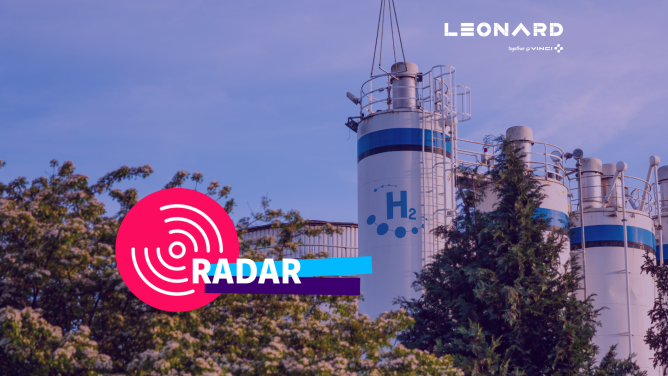Shades of “grey”: Hydrogen production today
96% of today’s hydrogen production is derived from fossil fuels. In 2019, 70m tons of hydrogen were produced worldwide, 69% by steam reforming of natural gas, 27% by coal gasification. Hydrogen is dubbed “grey” or “brown” when produced with natural gas or coal respectively, owing to the carbon intensity of the processes: steam reforming emits 11kg of CO2 eq per kg of hydrogen; coal gasification 19kg per kg of hydrogen. In sum, 830m tons of CO2 emissions are attributable to these processes for the year 2019, accounting for 2% of the world’s emissions.
Currently, the majority of hydrogen production is captive and used to refine oil (52% of world consumption) and to produce ammonia (43%) for fertilizers, while a fraction is used to propel rockets. The world’s top producers are China and the United States, while Germany, the Netherlands, and Poland have Europe’s largest grey hydrogen capacities, followed by Italy and France.
Switching to low-carbon and renewable hydrogen
The promise of low-carbon hydrogen production has been brought upon by water electrolysis. Instead of deriving H2 from coal or gas, H2 is extracted from water molecules with the help of electricity. Multiple electrolyzer technologies exist: alkaline and proton-exchange membranes are the more mature options, while solid oxide (also known as ultra-high temperature) electrolysis, expected to be more efficient and competitive, is in development phase.
By using electricity from renewable sources, one can thus create “green” hydrogen, or rather renewable hydrogen following the new European terminology. The carbon intensity of hydrogen thus produced will range from 0.5 kg to 3.2kg CO2 eq per kg of H2 depending on the renewable source. Additionally, renewable hydrogen can be produced through biomethane reforming, sourced from biomass. Using electricity from the grid will produce a low-carbon hydrogen in countries with a low-carbon electricity mix, and a carbon-rich hydrogen for countries which rely on fossil fuels for electricity production. In France, such hydrogen will have a carbon-intensity of around 3kg CO2 eq per kg of H2; in the European Union, the emissions amount to 14kg CO2 eq per kg of H2. Finally, using gas or coal and sequestrating CO2 emissions with CCS can lead up to a 95% emissions reduction compared to grey hydrogen, creating what is also considered low-carbon (previously “blue”) hydrogen.
At 8-12€ per kg, renewable or low-carbon hydrogen is four to five times more expensive than fossil-based hydrogen for industrial end-users. For road mobility end-users, this hydrogen is 30-50% more expensive than diesel. To reach competitiveness and gain from scale effects, production by electrolysis will require public spending to develop electrolyzer “gigafactories”. Countries are now competing in this new race to producing the most competitive low-carbon hydrogen, with Australia, China, the EU, Germany and France, among others, announcing ambitious electrolysis targets for 2030.
Decarbonizing industry and mobility
New applications will also create new demand, and drive prices down. For steelmakers, low-carbon hydrogen appears as one solution to decarbonize a fossil fuel-intensive process, while industrials are looking into switching their heating from coal or natural gas to H2. Hydrogen can also be mixed with other gases and used in gas networks and community heating. However, no sector is put forward more than mobility. All segments believe low-carbon hydrogen will help reduce their dependence on oil: players in the automobile, public transport, long-distance road and maritime freight, commercial rail and aviation have publicly positioned themselves in favor of or against this new technology.
In the short-term (prior to 2030), two trends seem to emerge. Hydrogen will be produced locally and regionally, creating decentralized “hubs” around cities and industrial sites. The main demand drivers will first be industry feedstock for refining and ammonia production, as well as emerging applications in buses, trains and light mobility.
In the long-term (after 2030), resolving the issue of transport and storage could allow for centralized production at more competitive sites on an international scale, paving the way to a global hydrogen trade. Australia, New Zealand and Morocco are already positioning themselves, along with Japan, South Korea and Germany as trading partners. With new applications in cars, trucks, airplanes and power generation, low-carbon hydrogen could become more competitive and replace fossil fuels on a broader scale.
Read also !
> Transport and storage of hydrogen

